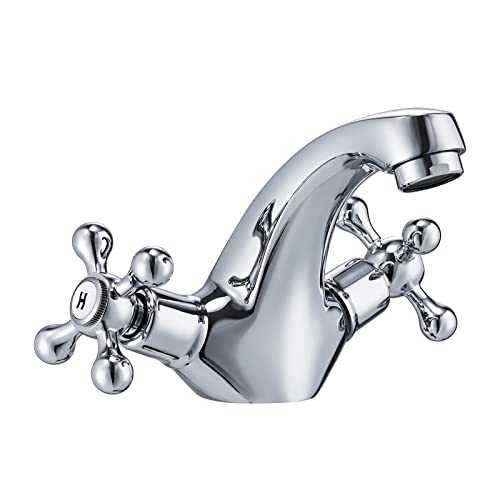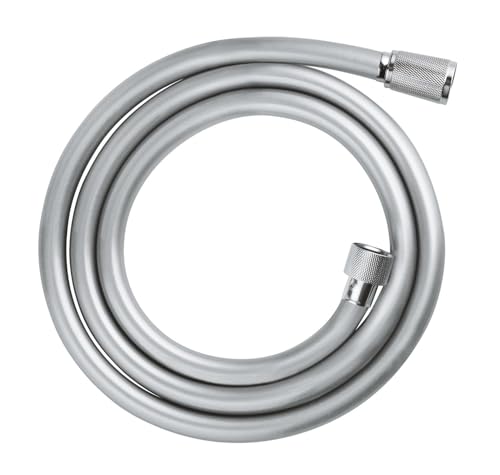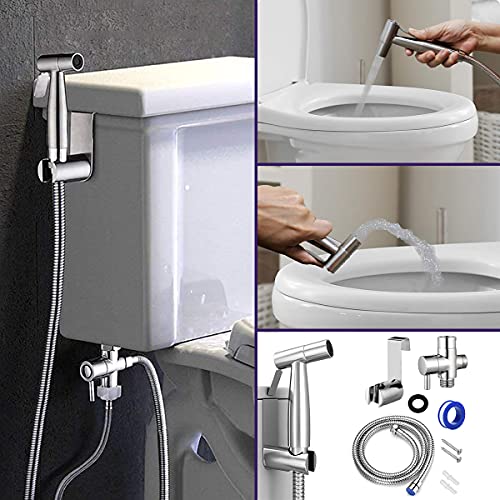Understanding External Hard Drives: Purpose and Benefits
What is an External Hard Drive?
An external hard drive is a portable storage device that connects to your computer or laptop via USB or other interfaces. Unlike internal drives that are built into your computer, external drives offer flexibility, allowing you to easily store and transfer data from one device to another. They serve various purposes including backing up important files, expanding your computer’s storage capacity, or even storing multimedia content like photos and videos.
Why Use an External Hard Drive?
There are several compelling reasons to consider an external hard drive. First, they provide a convenient way to back up data, protecting against computer crashes and data loss. If you often work with large files, an external hard drive can help free up space on your computer’s internal storage, ensuring it operates smoothly. Additionally, many people use external drives to carry media files around, allowing easy access to documents, videos, or photos on different devices.
Key Features to Consider When Buying an External Hard Drive
Storage Capacity
When selecting an external hard drive, one of the primary considerations is storage capacity. This refers to how much data the drive can hold and is typically measured in gigabytes (GB) or terabytes (TB). For average users, a drive with 1TB to 2TB of storage is usually sufficient, while those who deal with large files, such as video editors, might benefit from options with 4TB or more.
Speed
The speed of an external hard drive impacts how quickly you can transfer files. This is primarily determined by the drive’s interface, with USB 3.0 and USB-C connections offering faster transfer rates than older USB 2.0 connections. If efficiency is crucial for your workflow, look for drives that support these newer interfaces.
Durability and Portability
Consider the build of the hard drive as well. If you plan to travel with it, look for a durable model that can withstand bumps and drops. Some external hard drives are designed to be rugged and often come with protective casings or shock resistance features that can safeguard your data.
Compatibility
Ensure that the external hard drive is compatible with your operating system, whether it’s Windows, macOS, or both. Some drives come pre-formatted for specific systems, but most can be reformatted to work with any platform.
Security Features
For users concerned about data privacy, some hard drives offer built-in security features like password protection or encryption. This can be particularly useful for professionals who handle sensitive information and want to ensure their data remains secure.
Comparing Popular External Hard Drive Brands: Our Top Picks
Western Digital
Western Digital is well-known for its reliable external hard drives, offering a range of options for both casual users and professionals. Their My Passport line is popular for its balance of portability and storage capacity.
Seagate
Seagate is another respected brand, known for its innovative designs and robust performance. The Seagate Expansion series is particularly appealing for users seeking straightforward, no-frills storage.
Samsung
Samsung has made a name for itself in the external SSD market, producing compact and fast drives like the T7 series. These are ideal for those needing high-speed access and transfer capabilities in a sleek format.
LaCie
If you’re looking for ruggedness, LaCie’s external hard drives are built with durability in mind. Ideal for creative professionals who work in challenging environments, they combine high performance with robust design.
How to Set Up and Maintain Your External Hard Drive
Initial Setup
Setting up your external hard drive is typically straightforward. Once you unbox it, connect it to your computer using the provided cable. The operating system usually recognizes it automatically, allowing you to start transferring files right away.
Maintaining Your Drive
To keep your external hard drive running smoothly, perform regular maintenance. Regularly check the storage status and ensure that you have backups of critical files. Additionally, safely eject the drive before disconnecting it to prevent possible data corruption.
Maximising Storage: Tips for Efficient Use of Your External Hard Drive
Organising Your Files
To get the most out of your external hard drive, implement a systematic file organisation scheme. Create folders based on categories like projects, photos, or documents to make retrieval simpler.
Regular Backups
Incorporate your external drive into a regular backup routine. Use provided software or your system’s built-in backup features to automate the process, ensuring your most important files remain protected.
Deleting Unnecessary Files
Periodically review and delete files you no longer need. This not only frees up storage space but also helps in keeping your data organised and accessible.



























